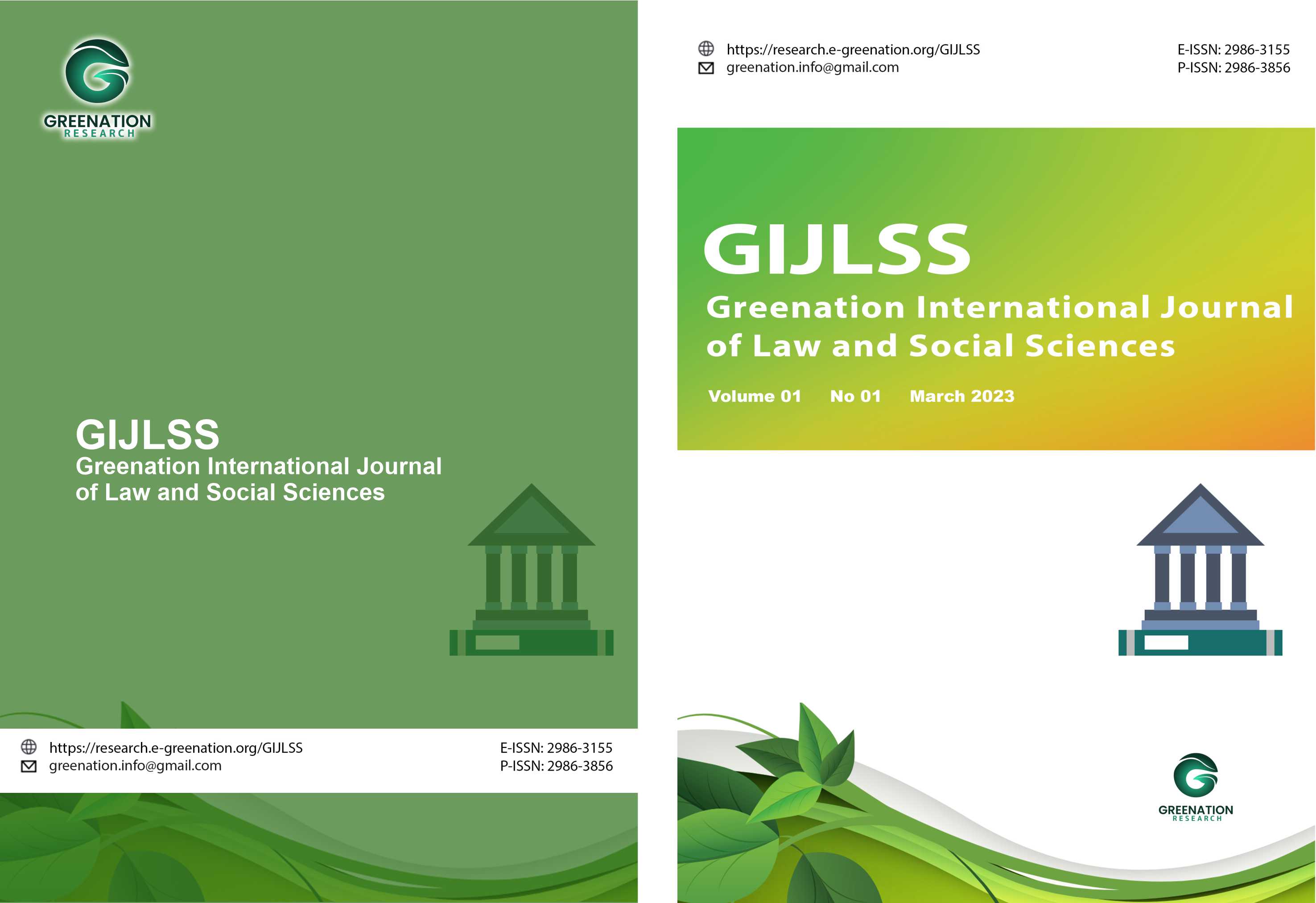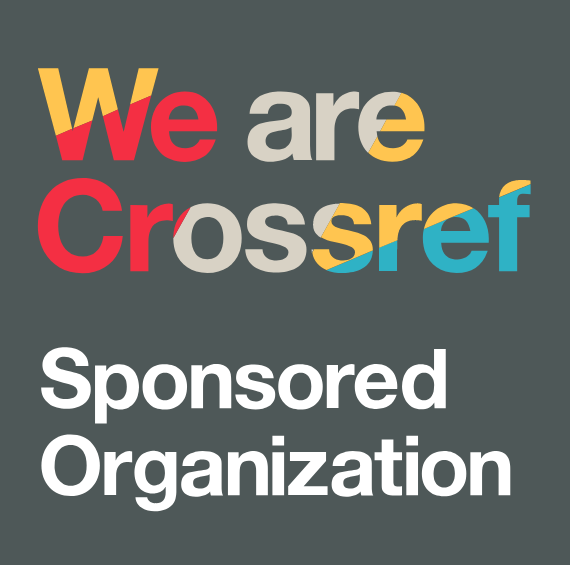Customer Engagement as the Key to Customer Loyalty in Saung Apung Harvest City Restaurant
DOI:
https://doi.org/10.38035/gijlss.v3i3.557Keywords:
Customer Engagement, Customer Loyalty, Two-Way Communication, Excellence Theory, Customer SatisfactionAbstract
This study aims to determine customer engagement as the key to customer loyalty at Saung Apung Harvest City Restaurant. This study used the Two-Way Symmetrical Model, which emphasizes mutual understanding between organizations and their publics. The research is qualitative, using the Constructivism paradigm, with field data collection conducted through observation, interviews, and documentation. The results of the study found that two-way communication between management and customers builds customer engagement in providing information, comments, and suggestions to management for the improvement and enhancement of the restaurant's performance, ambience, and the taste of the food and beverages served. Saung Apung Restaurant is also unique in that it is located quite far from the center of town, with no physical signs indicating its presence, yet customers still choose to visit and enjoy the dishes served at Saung Apung Restaurant. Management also strives to build good relationships with customers to increase loyalty and ensure the growth and sustainability of the restaurant in a highly competitive market.
References
Aan Komariah, Djam’an Satori. (2011). Metode Penelitian Kualitatif. Bandung: Alfabeta.
Abdullah. (2012). Manajemen Pemasaran. Jakarta: PT Raja Grafindo Persada.
Brodie, RJ, Ilic, A, Juric, B & Hollebeek, L. (2011). ’Consumer Engagement in a Virtual
Brand Community: An Exploratory Analysis’, Journal of Business Research, Vol.66 (1), pp.105-114.
Bungin, Burhan. (2012). Metodologi Penelitian Kualitatif: Aktualisasi Metodologis Ke Arah Ragam Varian Kontemporer (Cetakan Sembilan). Jakarta: PT Raja Grafindo Persada.
Cahyani, Sintia Nur, Setiawan, Mohamad Maryudi, Syas, Mulharnetti. (2025). Cyber Public Relation dalam Brand Kosmetik Wardah pada Produk Glasting Liquid Lip di Instagram, Journal Syntax Idea, Vol. 7(4), pp. 592-600.
Cutlip, S.M., Center, A.H. & Broom, G.M. 2000. Effective Public Relations. New Jersey: Prentice Hall.
Davis. 2003. Everything You Shoud Know About Public Relations: Panduan Lengkap Tentang Public Relations. Jakarta: PT Gramedia Pustaka Utama
Edna, Jasmine Athirah; Samatan, Nuriyati; Robingah; Prakosa, Adi; Maryati. (2024). Pemanfaatan Media Sosial Instagram ‘Reels’ Dalam Mendorong Engagement pada Program Campus Ambassador, IJCOMAH-International Journal of Communication, Humanities and Management, Vol. 5(2), pp. 347-357.
Evans, D, McKee, J & Bratton, S. (2010). Social Media Marketing: The Next Generation of
Business Engagement, Wiley Publishing, Canada.
Griffin. (2003). Customer Loyalty: Menumbuhkan dan Mempertahankan Pelanggan. Jakarta: Airlangga.
Hasan, M. Iqbal. 2002. Pokok-Pokok Materi Metodologi Penelitian dan Aplikasinya. Jakarta: Ghalia Indonesia.
Jefkins, Frank. 2004. Public Relations. Terjemahan oleh Daniel Yadin. Jakarta: Erlangga.
Kaligis, T. M. (2021). Evaluasi Strategi Bauran Pemasaran Pada Rumah Makan Box Weal Manado. Jurnal EMBA, 9(3), 1775–1785.
Khosiah, H. S. (2017). Persepsi Masyarakat terhadp rencana pemerintah membuka area pertambangan emas di Desa Sumi Kecamatan Lambu Kabupaten Bima. Program Studi Pendidikan Geografi FKIP UM Mataram .
Kotler, P. &. (2008). Prinsip Prinsip Pemasaran. Jakarta: Erlangga.
Kumar, V. (2013). Profitable Customer Engagement: Concepts, Metrics and Strategies, England: SAGE Publication,
Kurniasari, D. (2021, Maret). Teknik Pengolahan Data Kualitatif Mengenal 3 Tipe Observasi. Diambil kembali dari DQLAB.
Kusumastuti, Frida. 2002. Dasar-dasar Humas. Jakarta: Ghalia Indonesia.
Lembaga Penelitian dan Pengabdian Kepada Masyarakat LP2M Universitas Pembangunan Nasional. (2020). Metode Penelitian Kualitatif (Teori dan Aplikasi disertai Contoh Proposal). Universitas Pembangunan Nasional.
Lupiyoadi. (2009). Manajemen Pemasaran Jasa. Jakarta: Salemba 4.
Mekarisce, A. A. (2020). Teknik Pemeriksaan Keabsahan Data pada Penelitian Kualitatif di Bidang Kesehatan Masyarakat, Jambi: Universitas Jambi.
Moleong, Lexy. (2021). Metode Penelitian Kualitatif. Bandung: PT Remaja Rosadakarya.
Mulyana, Deddy. (2010). Metode Penelitian Kualitatif. Bandung: PT Remaja Rosdakarya
Nanicova, N. (2019). Pengaruh Kualitas Layanan Terhadap Kepuasaan Pelanggan Noach Cafe and Bistro.
Nasution. (2003). Metode Naturalistik Kualitatif. Bandung: Tarsito
Rahmawati, Evi & Sanaji. (2018). Pengaruh Customer Engagement terhadap Kepuasan Pelanggan dan Kepercayaan Merek serta Dampaknya pada Loyalitas Merek, Journal of Research in Economics and Management (Jurnal Riset Ekonomi dan Manajemen), Vol.15(2), pp. 246-261.
Reicheld, F. (2000). E. Loyalty. Harvard Business Review.
Samatan, Nuriyati. (2018). Riset Komunikasi, Jakarta: Penerbit Gunadarma.
Sugiyono. (2017). Metode Penelitian Kuantitatif, Kualitatif Dan R&D. Bandung: Cv. Alfabeta.
Suhanda, F; Dewa, Shandi. 2008. Creative Motivational Skill for Customers Relationship. Jakarta: PT Citra Suhanda Gemilang.
Tjiptono, F. (2002). Strategi Pemasaran . Yogyakarta: Penerbit Andi.
Verhoef, PC, Reinartz, WJ & Krafft, M. (2010). ‘Customer Engagement as a New Perspective in Customer Management’, Journal of Service Research, Vol.13(03), pp.247-252.
Wijaja, P. D. (2000). Ilmu Komunikasi Pengantar Studi. Bandung: Rineka Cipta.
Downloads
Published
How to Cite
Issue
Section
License
Copyright (c) 2025 Nuriyati Samatan, Mulharnetti Syas, Robingah, Jun Firmansyah, A. Saifulloh

This work is licensed under a Creative Commons Attribution 4.0 International License.
Copyright :
Authors who publish their manuscripts in this journal agree to the following conditions:
- Copyright in each article belongs to the author.
- The author acknowledges that the Greenation International Journal of Law and Social Sciences (GIJLSS) has the right to be the first to publish under a Creative Commons Attribution 4.0 International license (Attribution 4.0 International CC BY 4.0).
- Authors can submit articles separately, arrange the non-exclusive distribution of manuscripts that have been published in this journal to other versions (for example, sent to the author's institutional repository, publication in a book, etc.), by acknowledging that the manuscript has been published for the first time at GIJLSS.
























